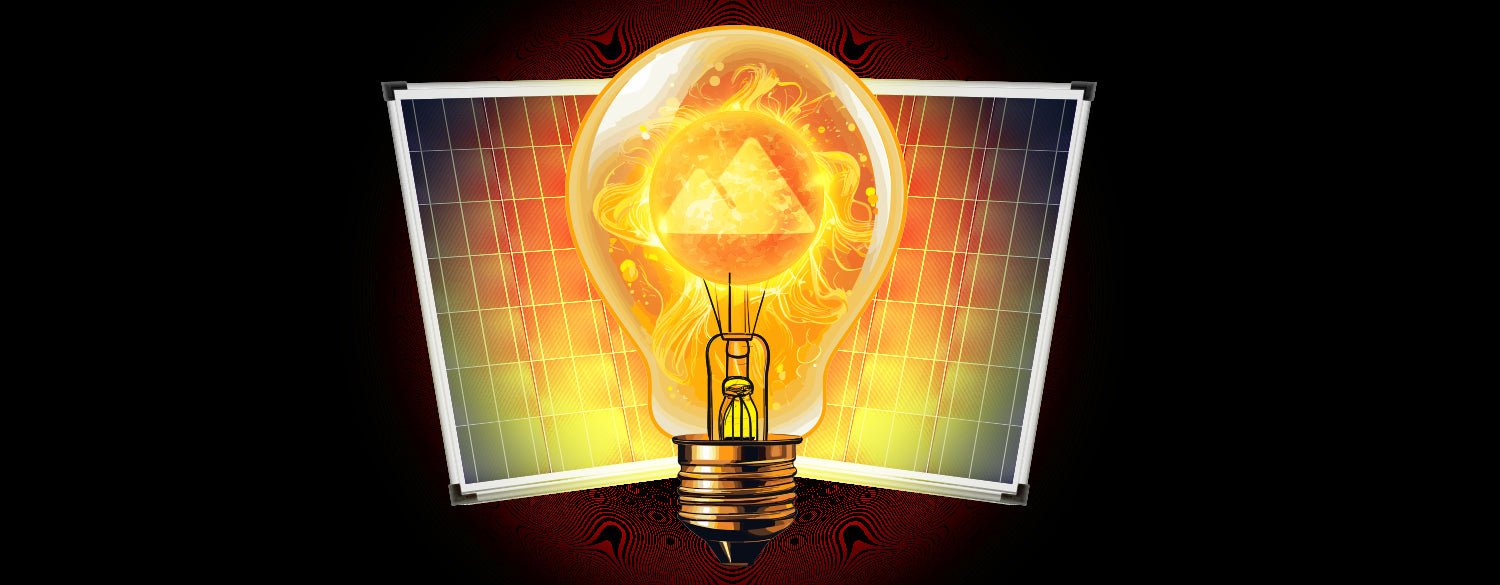Camping in its purest form, means no access to running water, restrooms, or shore power. It is just you and mother nature! There are many ways to live off the land, but a few creature comforts can make it more enjoyable.
Solar panels make it possible to camp off grid without depending on campgrounds for electricity. It allows you the comfort to truly be off grid with reliable energy. Plus it is a cost effective and renewable energy source.
Finding the right solar set up can be daunting when there are so many options on the market and so many questions about wattage, amp hours, panel dimensions, conversion formulas, amperage ratings, and more. It helps narrow down your search by answering a few questions at the Go Power website link.
The amount of electricity a solar panel can capture is measured in rated power. For example, Go Power sells a solar panel with rated power of 190 watts. You can daisy chain solar panels together to obtain your desired level of solar energy power.
The three most important factors to consider are energy use, battery capacity, and the solar panel design.
To estimate your energy usage, you need to determine how much wattage each appliance you want to operate uses and how long you intend to run it. If you were only using your power occasionally, say to charge your phone, run your coffee pot, or utilize a cook top at meal time, then you could get away with one Go Power 190 watt solar panel. Running these basic appliances doesn’t draw that much power. If you run a refrigerator 24 hours a day, turn a microwave on, use a water pump that constantly runs, then you need a significant amount of electricity which will quickly add up and drain your system. It is best to look into each of your appliances to determine your total energy requirement.
Your battery capacity determines how much power you can store from your solar panels. Your capacity is measured in watt hours (Wh), meaning how many hours the battery will last to power a device roughly equal to 1 watt of energy. When you see that a portable power station, which is needed to draw in solar power and convert it to AC (alternating current) electricity that you can use, is 600Wh vs 300Wh, that means you’ll be able to power devices for half as long. Think about how many devices you’re going to need to power while camping off grid and for how long. Using something like the mini fridge continuously vs intermittently charging your phone or using a cooktop once a day have vastly different amounts of your power capacity.
When deciding on solar panels, the real estate available to use on your rooftop can be an important factor. The solar panel design refers to their capacity and setup style. The capacity of the Go Power Solarflex Eclipse 190E Expansion - 190W, meaning the number of solar panels you need also depends on their capacity. Choosing rooftop setups are the top choice for most RVers and are great for grabbing the sun’s energy. Solar panels mounted on the rooftop have the huge benefit of being able to capture power while you’re on the road. The only drawback can be that their positioning is fixed. This limits their angles of exposure and must park in a specific direction for optimal exposure.
Nomadic Cooling Green Machine has four Go Power Solarflex Eclipse 190E Expansion - 190W solar panels on its roof, helping to charge up its 800 Ah of lithium batteries. The beauty of these is that they are so durable that you can step on them and no damage will occur. Here in Phoenix we are blessed with full sun days 95% of the year, but this summer it has been on the road from one coast to the other and still did a great job pulling solar energy. As it has cruised down the highway it has taken full advantage of the solar rays to recharge for its next adventure.
We encourage you to add solar to your electrical system as a clean, efficient source of renewable energy so you can Go Further, off grid, in Comfort!”



